Interior Cold
The information provided here is not a replacement for a doctor. You shouldn't use it for the purpose of self-diagnosing or self-medicating but rather so you can have a more informed discussion with a professional TCM practitioner.
At a glance
Preliminary reading: What is a pattern? The concept of Interior The concept of Cold pattern The concept of Cold evil
Key attributes
Chinese name: 内寒 Pinyin name: Nèi Hán
Pattern nature: Full
Causes
Common causes: 1. childbirth, 2. Loss of blood
Diagnosis
Common symptoms: Flank pain Hernial pain Cold abdominal Postpartum abdominal pain abdominal pain relieved by presure and warmth
Pulse type(s): Hidden (Fu), Weak (Ruo), Wiry (Xian)
Treatment
Treatment principle: Warm the Interior, nourish the Blood
Common formulas: Dang Gui Sheng Jiang Yang Rou Tang Wu Ji San Chai Hu Gui Jiang Tang
Pathology
This pattern, particularly seen in the context of postpartum conditions or in individuals with constitutional Blood Deficiency, is characterized by a Deficiency of Blood and Essence leading to Interior Coldness.
After childbirth, women are especially susceptible due to the significant loss of Blood and Essence during delivery. When an external Cold pathogen exploits this weakened state and invades the body, it tends to settle in the Blood level, causing obstructions in both Qi and Blood dynamics.
The resulting pain typically responds positively to pressure and warmth, indicating the underlying Deficiency and Cold nature of the disorder. The pulse in such cases is often submerged and wiry due to the Interior Cold-induced pain and forceless owing to the Blood Deficiency. This pattern can also manifest as cold abdominal hernial pain and spasmodic flank pain in individuals predisposed to blood deficiency.
Causes
childbirth: Childbirth can cause loss of blood and essence, leading to a weakened state that allows external Cold pathogenic influences to invade and settle in the blood level, obstructing the dynamics of qi and blood.
Loss of blood :
Diagnosing Interior Cold
Diagnosing a pattern in Chinese Medicine is no easy feat and should be left to professional practitioners. In particular one has to know how to differentiate between different types of pulses and tongue coatings, shapes and colors as well as learn to read from a long list of seemingly unrelated symptoms.
Pulse type(s): Hidden (Fu), weak (Ruo) or wiry (Xian)
Main symptoms: Flank pain Hernial pain Cold abdominal Postpartum abdominal pain abdominal pain relieved by presure and warmth
Diagnosis commentary: pain that improves with pressure and warmth, submerged and wiry pulse, and possibly cold abdominal hernial or spasmodic flank pain, especially in postpartum women or individuals with Blood Deficiency.
Treating Interior Cold
Treatment principle
Warm the Interior, nourish the Blood
Herbal formulas used to treat Interior Cold
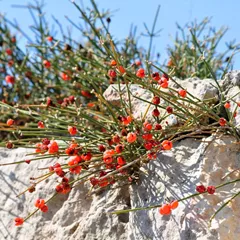
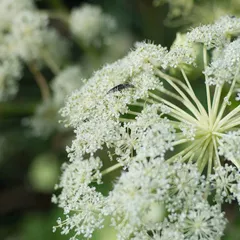

The top herbs in Wu Ji San are Ephedra (Ma Huang), Angelica Roots (Bai Zhi) and Poria-Cocos Mushrooms (Fu Ling)
Wu Ji San
Source date: 846 AD
Number of ingredients: 15 herbs
Key actions: Releases the Exterior. Warms the Interior. Smoothes the flow of Qi. Transforms Phlegm. Invigorates the Blood. Reduces Stagnation.
Formula summary
Wu Ji San is a 15-ingredient Chinese Medicine formula. Invented in 846 AD, it belongs to the category of formulas that Release the Exterior and Warm the Interior.
Besides Interior Cold, Wu Ji San is also used to treat Wind-Cold.
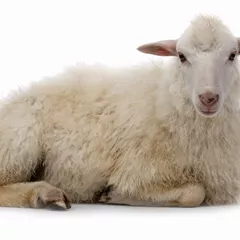

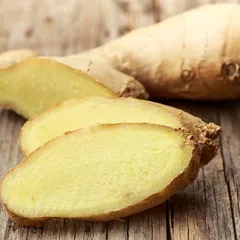
The top herbs in Dang Gui Sheng Jiang Yang Rou Tang are Muttons (Yang Rou), Dong Quai (Dang Gui) and Fresh Ginger (Sheng Jiang)
Dang Gui Sheng Jiang Yang Rou Tang
Source date: 220 AD
Number of ingredients: 3 herbs
Key actions: Warms the Interior. Nourishes the Blood. Alleviates Pain.
Formula summary
Dang Gui Sheng Jiang Yang Rou Tang is a 3-ingredient Chinese Medicine formula. Invented in 220 AD, it belongs to the category of formulas that tonify Qi and Blood.
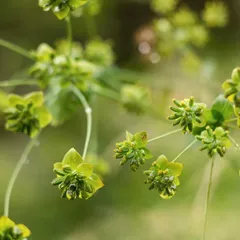
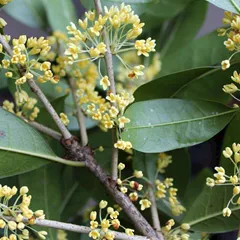

The top herbs in Chai Hu Gui Jiang Tang are Bupleurum Roots (Chai Hu), Cinnamon Twigs (Gui Zhi) and Baikal Skullcap Roots (Huang Qin)
Chai Hu Gui Jiang Tang
Source date: 220 AD
Number of ingredients: 7 herbs
Key actions: Harmonizes and releases the Lesser Yang. Removes Stagnation . Warms the Interior. Dispels Cold.
Formula summary
Chai Hu Gui Jiang Tang is a 7-ingredient Chinese Medicine formula. Invented in 220 AD, it belongs to the category of formulas that vent membrane source.
